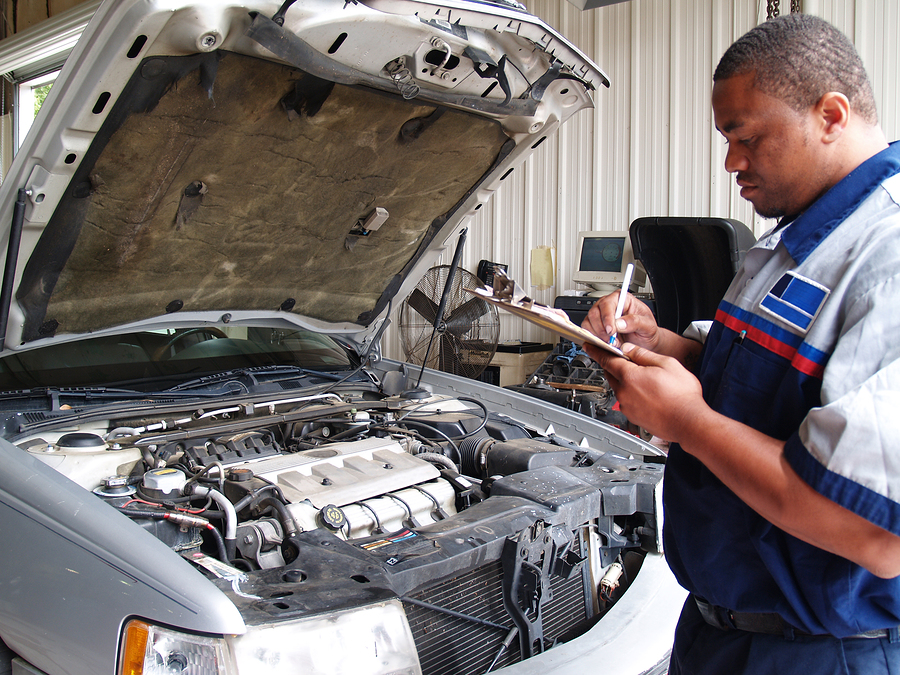Vehicle Inspection
OVERVIEW
OVERVIEW

Motorist's safety is a top priority in Texas; as a result, vehicles registered in Texas are required to pass an annual inspection to ensure compliance with safety standards. Read more…

LAWS AND REGULATIONS
LAWS AND REGULATIONS

Enabling statutes, administrative rules, and related information may be found here.

LICENSING AND REGISTRATION
LICENSING AND REGISTRATION

Application and renewal instructions and related information may be found here.

CONTACT US

REPORTS AND STATISTICS
REPORTS AND STATISTICS

Reports and statistics, and related information may be found here.

